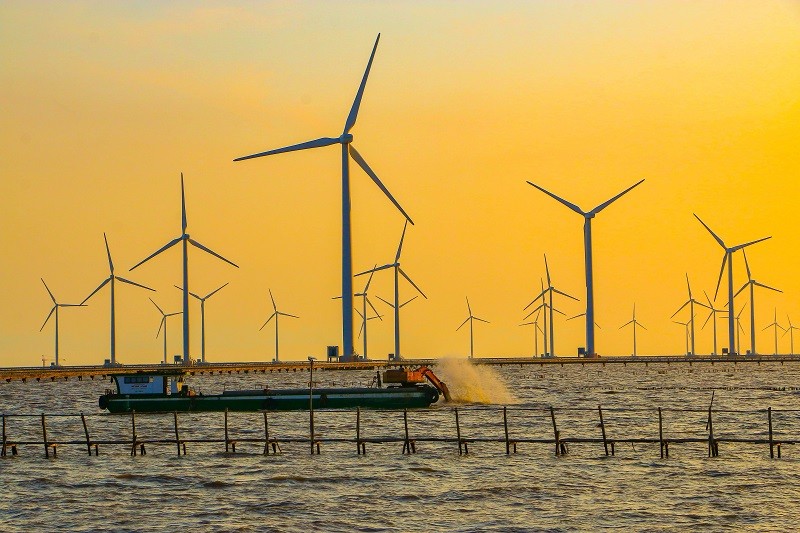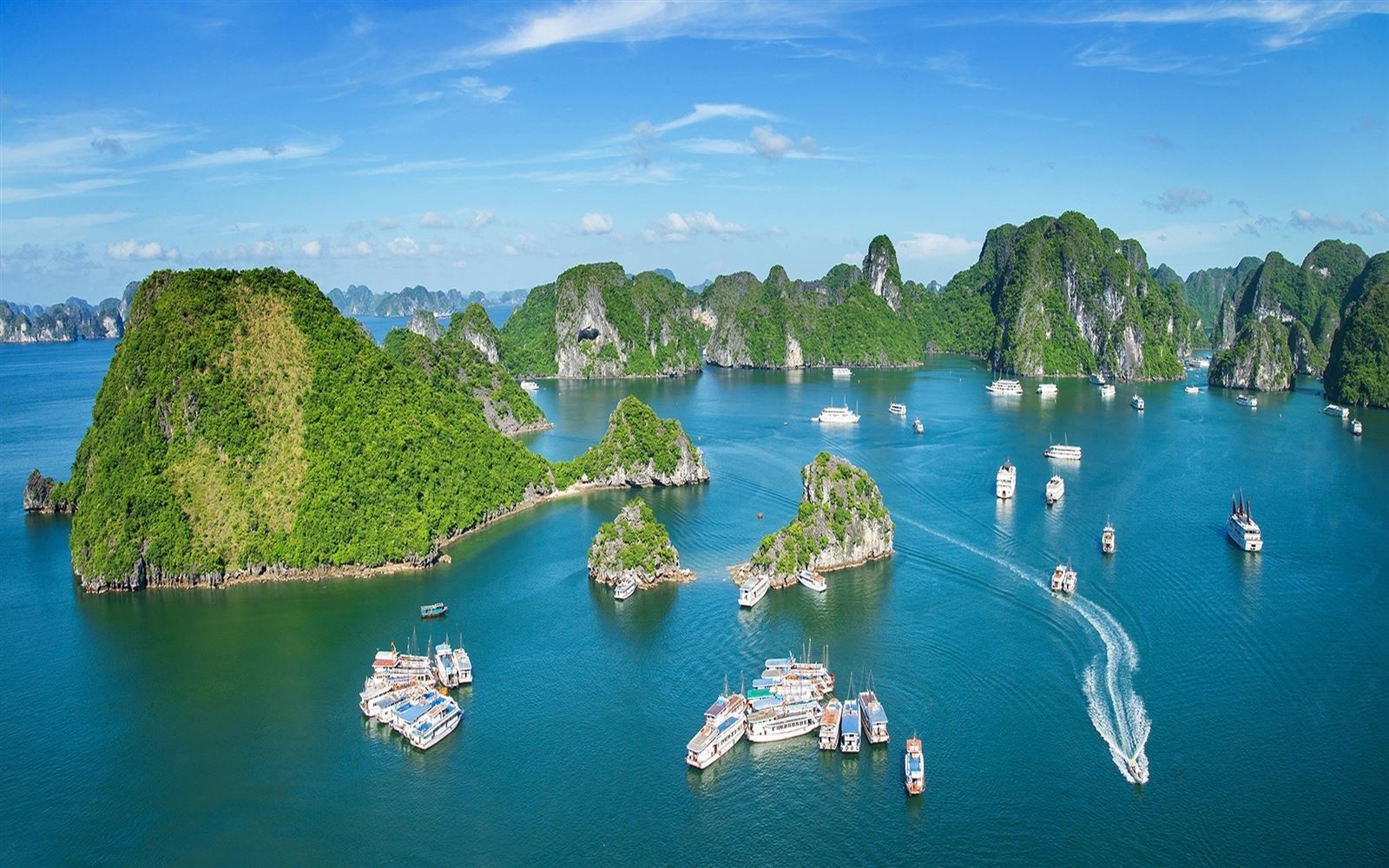
Grey Zones and Blue Seas in the East Sea - Good to Know (Part 2)
Latest
 |
| Bac Lieu Wind Power Plant. (Source: VNA) |
In order to have a sustainable blue marine environment, it is necessary to have policies on sustainable exploitation, use and management of marine resources and develop a blue marine economy based on the development of green and renewable energy, contributing to reducing greenhouse gases.
"The Future We Want"
UN General Assembly Resolution 66/288 of 27 July 2012 on "The Future We Want" recognizes that oceans, seas and coastal zones form an integrated and essential component of the Earth’s ecosystem. UN General Assembly Resolution 71/312 of 6 July 2017 "Our oceans, our future" calls for action to implement Sustainable Development Goal 14, namely “conserve and sustainably use the oceans, seas and marine resources for sustainable development.”
The United Nations has declared the Decade of Ocean Science for Sustainable Development (2021-2030) to support efforts for the improvement of conditions for sustainable development of the Oceans. At the World Ocean Conference in 2015, the concept of a “Blue marine economy” was proposed as “a sustainable marine economy, in which marine economic activity is balanced with the responsiveness of marine ecosystems continuously". The blue marine economy ensures both economic development and the development of the marine ecosystem through methods such as reducing carbon emissions, in-depth growth, saving natural resources, and being environmentally friendly.
Blue marine economy
The Vietnam Strategy for Sustainable Development of the Marine Economy to 2030 with a vision to 2045 emphasizes the goal of sustainable development of the marine economy on the basis of green growth, conservation of biodiversity and marine ecosystems. The report "Blue Sea Economy – Towards a Scenario for sustainable development of the Marine Economy" published by UNDP and MONRE in May 2022 proposed a scenario for a blue marine economic development for Vietnam to 2030 with recommendations:
Firstly, reducing fisheries catches to maximum Sustainable Production levels (~2.7 million tonnes per year) through a reduction in catches by 2% per year, including a 5% reduction in coastal vessel horsepower per year; maintaining aquaculture areas; and management improvements to lead to safety productivity increases of 3.5% per year.
Secondly, promoting energy saving in oil and gas production activities; strengthening environmental protection; and increasing the participation in emerging marine renewable energy generation.
Thirdly, rapid expansion of marine renewable energy sources to reach 10,000 MW installed by 2030, including ~4,500 MW of nearshore wind (mainly in the Mekong Delta) and 5,500 MW of offshore wind (mainly from the South Central region).
Fourthly, promoting tourism growth: international visitors 8-10%/year and domestic visitors 5-6%/year by 2030, including the impacts of climate change, including sea level rise, in tourism planning;
 |
| The Vietnam Strategy for Sustainable Development of the Marine Economy to 2030 with a vision to 2045 emphasizes the goal of sustainable development of the marine economy. (Source: Cong Thuong Magazine) |
Fifthly, Increasing marine transport to 20.6% or market share by 2030; raising the volume of transported cargo to 787 million tons; and expanding inland shipping to 289 million tonnes. The development of renewable and green energy from the sea is one of the key measures. Vietnam has made international commitments to reduce carbon dioxide emissions to net zero by 2050. Power Plan VIII (2022) envisages onshore, nearshore and offshore wind power sources will account for the largest share of total power generation by 2045, of which offshore wind will reach 7 GW by 2030 and 87 GW by 2050. This target is in line with the Offshore Wind Roadmap Report for Vietnam published by the World Bank in 2021 which lays out a high scenario of 70 GW by 2050, with a vision that Vietnam can rank 3rd in Asia (after China and Japan) in the offshore wind industry.
Synchronous solutions
To do this, according to the author of this article, Vietnam needs to make efforts to implement the following synchronous solutions: 1) Rapidly study and develop a legal document system for wind power development (laws, documents, decrees, circulars, technical regulations, national regulations on offshore wind powers); 2) Appoint one national focal point agency to implement the national master plan on offshore wind power development and grant one-door permits for offshore wind power projects; 3) Promote the production and localization of equipment for the development and use of offshore wind power sources; 4) Develop plans for short- and long-term cooperation with international organizations in human resource development, training and education on offshore wind industry; 5) Strengthen information and propaganda and raise awareness of people and communities on the development and use of offshore wind energy; 6) Strengthen international cooperation in the field of offshore wind energy.









